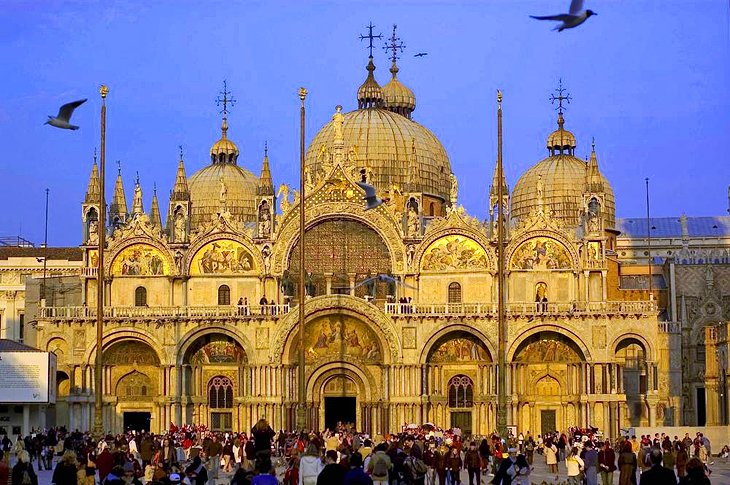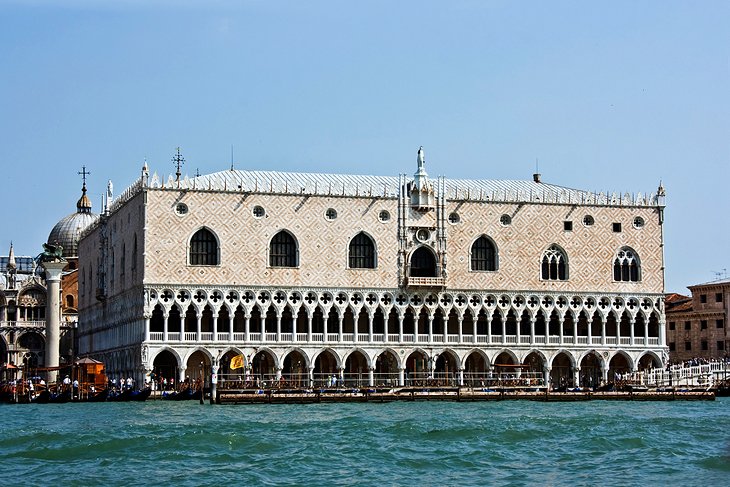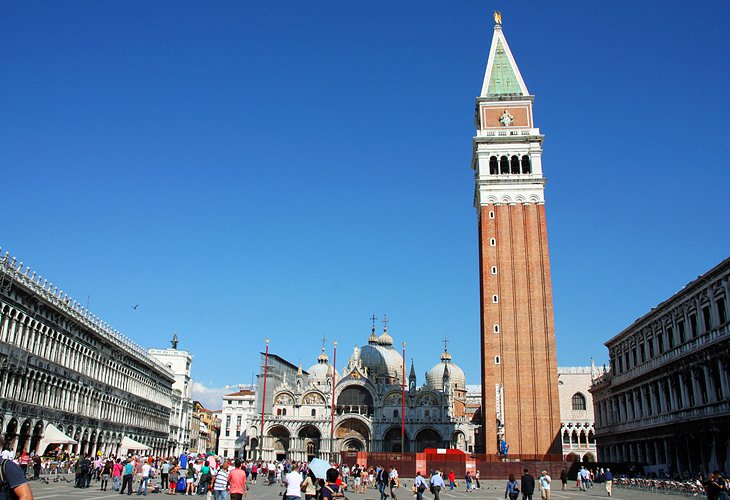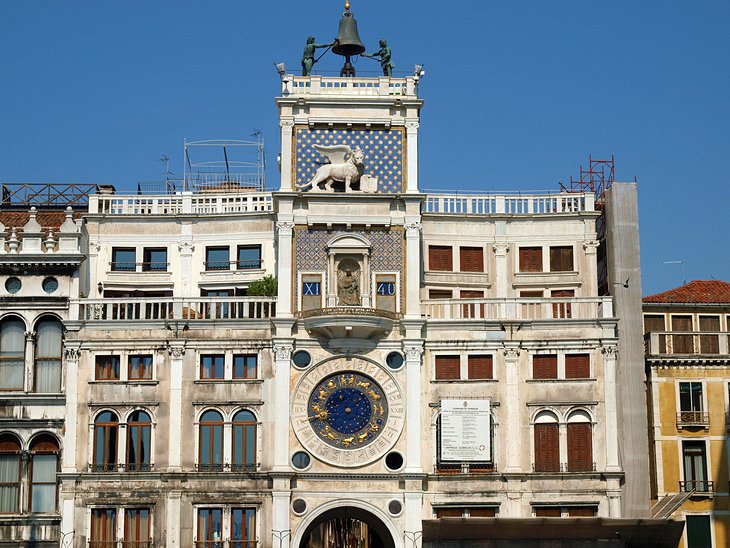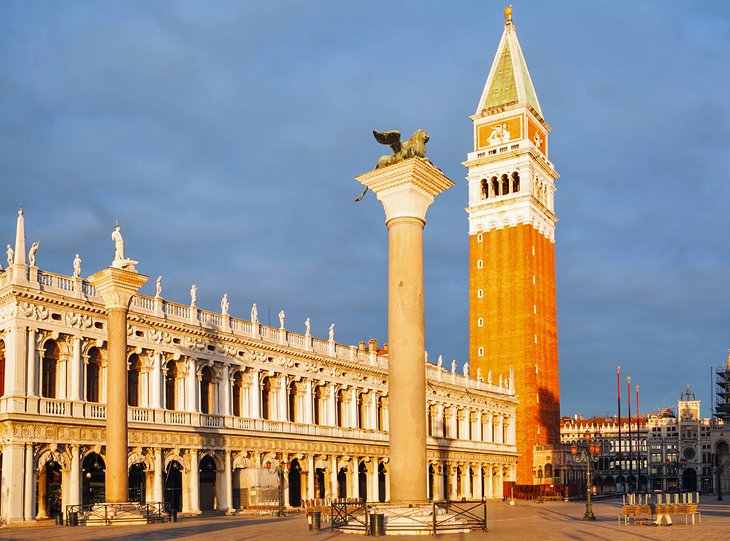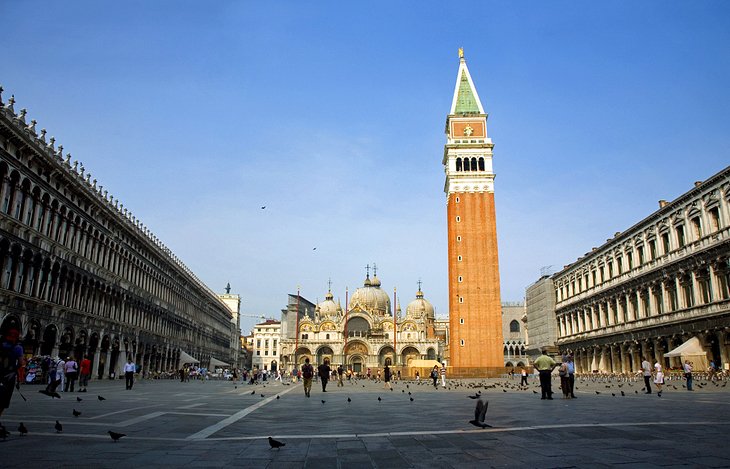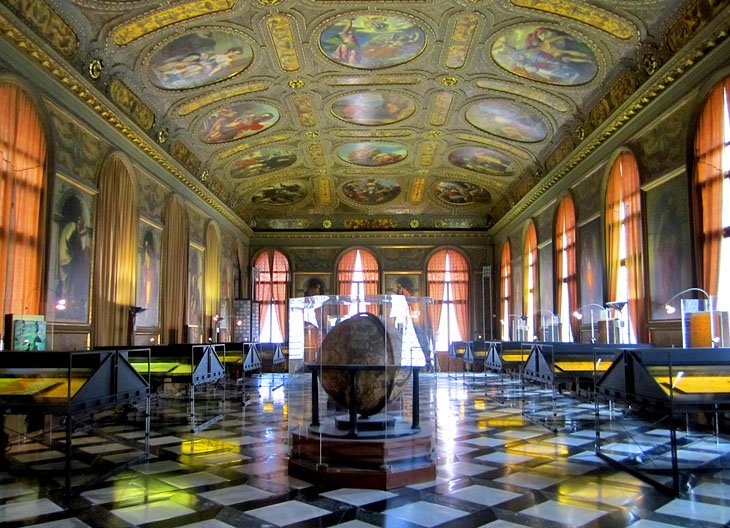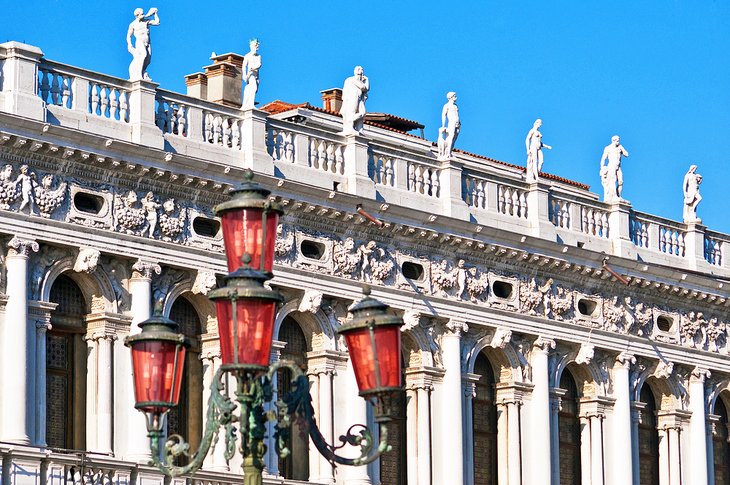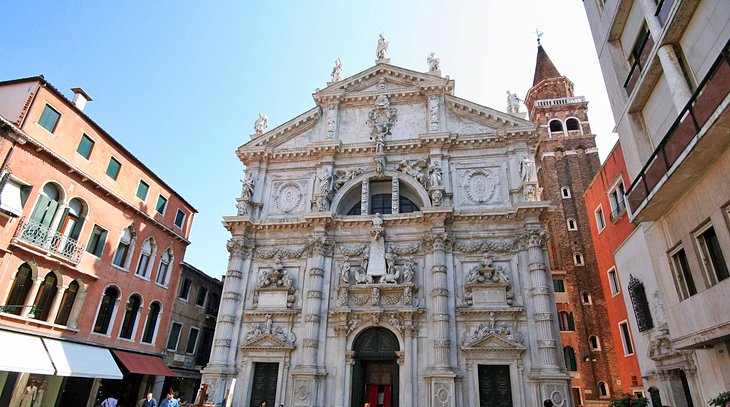Lavender’s blue, dilly dilly, lavender’s green,
When I am king, dilly, dilly, you shall be queen.
ลาเวนเดอร์สีฟ้า ลาเวนเดอร์สีเขียว
หากเธอเป็นราชา ฉันจะเป็นราชินี
When I am king, dilly, dilly, you shall be queen.
ลาเวนเดอร์สีฟ้า ลาเวนเดอร์สีเขียว
หากเธอเป็นราชา ฉันจะเป็นราชินี
Who told you so, dilly, dilly, who told you so?
‘Twas my own heart, dilly, dilly, that told me so.
ใครบอกคุณเช่นนั้นหรอ ส่วนฉัน หัวใจฉันเป็นคนบอกฉันเอง
‘Twas my own heart, dilly, dilly, that told me so.
ใครบอกคุณเช่นนั้นหรอ ส่วนฉัน หัวใจฉันเป็นคนบอกฉันเอง
Call up your men, dilly, dilly, set them to work
Some to the plow, dilly, dilly, some to the fork,
ปลุกเหล่าทหารให้ลุกขึ้นมาทำงาน
ให้บางนายไถดิน บางนายถางหญ้า
Some to the plow, dilly, dilly, some to the fork,
ปลุกเหล่าทหารให้ลุกขึ้นมาทำงาน
ให้บางนายไถดิน บางนายถางหญ้า
Some to make hay, dilly, dilly, some to cut corn,
While you and I, dilly, dilly, keep ourselves warm.
บ้างให้ทำหญ้าแห้ง บ้างให้ตัดข้าวโพด
ในขณะที่คุณกับฉันให้ความอบอุ่นตัวเอง
While you and I, dilly, dilly, keep ourselves warm.
บ้างให้ทำหญ้าแห้ง บ้างให้ตัดข้าวโพด
ในขณะที่คุณกับฉันให้ความอบอุ่นตัวเอง
Lavender’s green, dilly, dilly, Lavender’s blue,
If you love me, dilly, dilly, I will love you.
ลาเวนเดอร์เขียว ลาเวนเดอร์ฟ้า
ถ้าคุณรักฉัน ฉันก็จะรักคุณ
If you love me, dilly, dilly, I will love you.
ลาเวนเดอร์เขียว ลาเวนเดอร์ฟ้า
ถ้าคุณรักฉัน ฉันก็จะรักคุณ
Let the birds sing, dilly, dilly, And the lambs play;
We shall be safe, dilly, dilly, out of harm’s way.
ปล่อยให้นกร้องเพลง และ ให้ลูกแกะวิ่งเล่น
แล้วเราจะปลอดภัยจากสิ่งร้ายๆ
We shall be safe, dilly, dilly, out of harm’s way.
ปล่อยให้นกร้องเพลง และ ให้ลูกแกะวิ่งเล่น
แล้วเราจะปลอดภัยจากสิ่งร้ายๆ
I love to dance, dilly, dilly, I love to sing;
When I am queen, dilly, dilly, You’ll be my king.
ฉันรักการร้องรำทำเพลง
หากฉันเป็นราชินี คุณจะเป็นพระราชาของฉัน
Who told me so, dilly, dilly, Who told me so?
I told myself, dilly, dilly, I told me so.
ใครบอกฉันกันนะหรอ ฉันเป็นคนบอกตัวเองค่ะ
When I am queen, dilly, dilly, You’ll be my king.
ฉันรักการร้องรำทำเพลง
หากฉันเป็นราชินี คุณจะเป็นพระราชาของฉัน
Who told me so, dilly, dilly, Who told me so?
I told myself, dilly, dilly, I told me so.
ใครบอกฉันกันนะหรอ ฉันเป็นคนบอกตัวเองค่ะ
